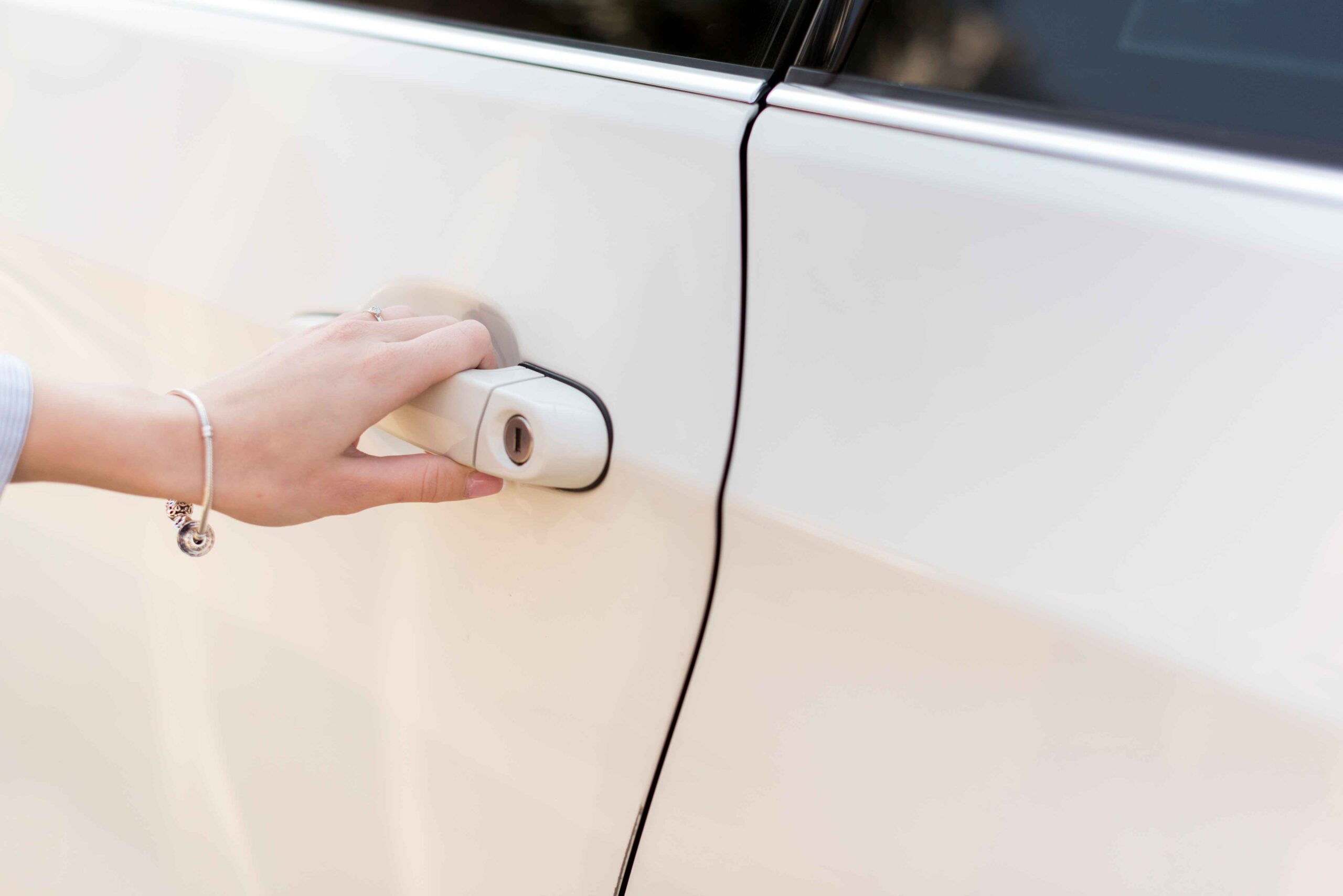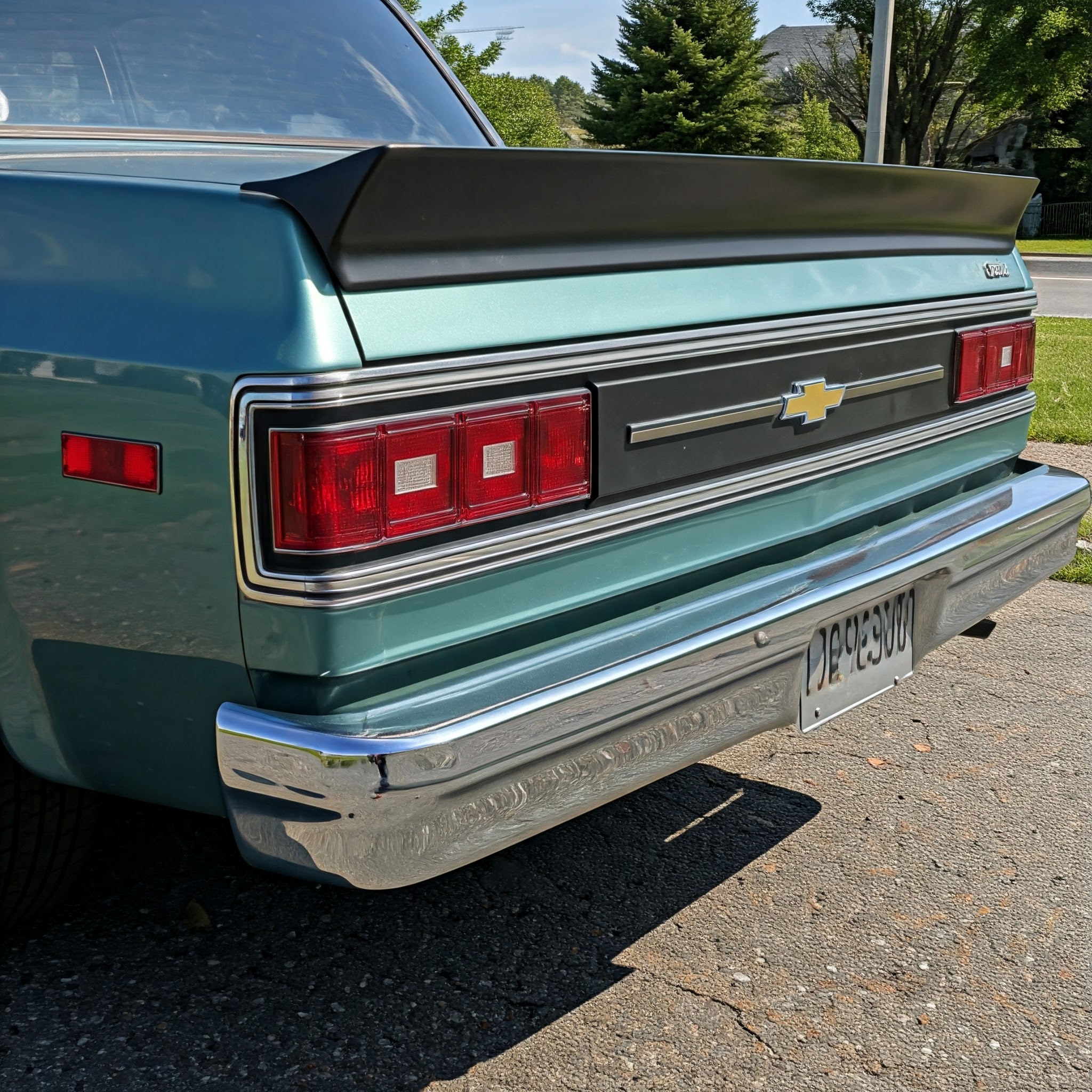It’s the middle of a hot summer day. You’re home, expecting a blast of cool air from your air conditioner. But instead, you feel warm air blowing out, and when you check outside, you notice something strange—air conditioner pipe is frozen.
An air conditioner frozen pipe isn’t just inconvenient; it’s a common problem that can mess up your whole cooling system. The good news?
There are ways to fix it, and even better, ways to prevent it from happening again. Keep reading to find out what’s going on and how you can keep your AC running smoothly.
Why Does Air Conditioner Pipe Gets Frozen?
So, why does this happen? When your air conditioner frozen pipe appears, it’s usually a sign that something’s off. Let’s get into some of the main reasons and what you can do about them.
- Restricted Airflow Over the Coils
One of the biggest culprits behind a frozen air conditioner pipe is restricted airflow over the evaporator coils. If air isn’t flowing correctly, the coils get too cold and start to freeze up. Most of the time, this happens because of a dirty air filter that’s blocking the airflow. When air can’t move over the coils, moisture freezes on them, and soon enough, you’ve got air conditioner ice on outside pipe.
- Low Refrigerant Levels
Another common issue is low refrigerant levels. Think of refrigerant as the lifeblood of your air conditioner. It absorbs the heat inside your home and cools the air. If the refrigerant is low—maybe because of a leak—your AC can’t cool properly. This imbalance can cause the coils to get too cold, and you’ll end up with a frozen pipe. It’s a problem that’s often tied to a malfunctioning air conditioning pressure relief valve.
- Dirty Coils and Fins
Your evaporator coils and fins play a big role in cooling. But when they’re covered in dirt and grime, they can’t absorb heat as they should. The dirt acts like a barrier, making the coils colder than they need to be, which causes freezing. Regular cleaning can prevent this.
- Blocked or Closed Supply Registers
Here’s a simple yet overlooked issue: blocked or closed supply registers in your home. If you’ve got furniture blocking the vents or registers closed off in some rooms, you’re restricting the airflow. This restriction puts extra stress on your AC system, causing it to freeze.
- Faulty Air Conditioning Pressure Relief Valve
The air conditioning pressure relief valve helps balance the system’s pressure. When it doesn’t work properly, your AC can experience pressure issues, which may cause freezing. It’s a small part, but it plays a crucial role in your AC’s overall performance.
What to Do When Your Air Conditioner Pipe Gets Frozen
Finding air conditioner ice on outside pipe can be alarming, but don’t panic. There are steps you can take to fix the issue and get your AC back to cooling efficiently.
- Turn Off the AC
First things first: turn off your air conditioner. Running the AC while it’s frozen can lead to more significant damage, especially to the compressor. Letting the unit defrost fully is key. It might take a few hours, but it’s a necessary first step. After it’s thawed, you can start troubleshooting.
- Check the Air Filter
A dirty air filter is often the main reason behind restricted airflow. Once the system has defrosted, take a look at the filter. If it’s clogged with dust and debris, replace it. It’s a quick fix that can restore proper airflow and prevent future freezing.
- Clean the Coils and Fins
Next, check your evaporator coils and fins. If they’re dirty, clean them gently with a soft brush. Additionally regular cleaning helps your AC work better and keeps the coils from freezing up. Furthermore, don’t forget to check if all your supply registers are open to ensure good airflow throughout your home.
- Check Refrigerant Levels
Low refrigerant is a big problem that often requires a professional fix. You can check the refrigerant levels yourself with a coolant installation kit, but if you suspect a leak, it’s best to call in an expert. Leaks need to be handled correctly to avoid further damage to your system.
- Open All Supply Registers
Make sure all your supply registers are open and free from obstructions. Even one blocked register can cause airflow issues, leading to freezing. Open up those vents and keep the air flowing freely.
Expert Insights and Prevention Tips
Taking care of your AC is all about regular maintenance and keeping an eye on things before they go wrong. Here are some expert tips to help you avoid the hassle of an air conditioner frozen pipe:
| Problem | Cause | Solution | Impact | Expert Insight |
| AC Pipe Freezing | Restricted Airflow | Replace air filters regularly | Improves airflow, prevents freeze | Experts recommend checking filters monthly, especially in peak cooling seasons. |
| Ice on AC Pipe | Low Refrigerant Levels | Professional check and refill | Balances cooling, stops freezing | Refrigerant issues should always be handled by licensed professionals. |
| Dirty Evaporator Coils | Dust and debris buildup | Regular cleaning | Enhances cooling efficiency | Cleaning coils twice a year can significantly improve AC performance. |
| Blocked Supply Registers | Closed or obstructed registers | Open and clear all registers | Restores proper airflow | Keeping vents open ensures your system works as it should, without extra strain. |
| Faulty Pressure Relief Valve | Valve malfunction | Inspect and replace if needed | Prevents pressure imbalance | Regular system checks can catch valve problems before they cause freezing. |
Final Thoughts
Dealing with an air conditioner frozen pipe can be frustrating, but understanding why it happens and knowing what to do can make all the difference.
From checking airflow and refrigerant levels to cleaning coils and keeping vents open, these steps can help you get your AC back on track.
Remember, regular maintenance is your best defense against freezing issues. Always check your air conditioning pressure relief valve and call a professional when needed. Stay cool, stay proactive, and keep your AC running smoothly!
FAQ’s
Turn off the AC immediately to prevent further damage. Let it defrost completely before attempting to fix anything.
Replace your air filter every 1-3 months. If you have pets or live in a dusty area, you may need to replace it more frequently.
It’s best to call a professional to handle refrigerant issues. DIY attempts can be dangerous and may worsen the problem.
Ice can form due to restricted airflow, low refrigerant, or dirty coils. Each of these issues can cause the coils to get too cold, leading to ice buildup.
Regular maintenance is key—clean filters, ensure proper airflow, and have a professional check your system annually.







